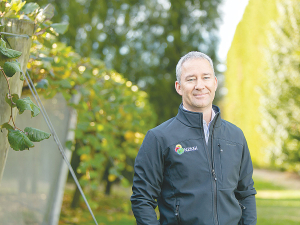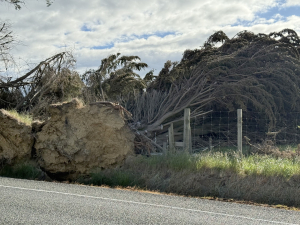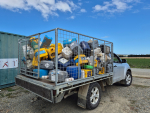The 2023 harvest of kiwifruit has largely ended with much of the crop shipped to overseas markets, but the volume produced has left a sour taste in the mouths of growers.
“The kiwifruit industry did relatively well during Covid because we were allowed to continue to operate,” says New Zealand Kiwifruit Growers Inc. chief executive Colin Bond.
“However, the last two years have been our equivalent to the economic strains experienced throughout the pandemic – now it’s our turn.”
What started as quality issues in late 2022 has continued into 2023 with a combination of poor pollination, wind, flooding, hail and Cyclones Hale and Gabrielle all reducing the crop size.
Originally, it was estimated that 160 million trays of kiwifruit would be produced but the final number is more likely to be under 140 million trays, a far cry from last season’s 175 million trays.
Bond says increased costs for growing and exporting kiwifruit make it particularly painful for growers in seasons of low production.
“Growers are putting even more pressure on Zespri to perform in their markets to get the best possible returns with smaller volumes,” he says.
“Despite Zespri reporting that the quality of our kiwifruit going to market is high and the forecast returns looking good so far, NZKGI will continue to track the quality closely over the coming months.
“The industry has worked collaboratively to reduce quality issues and it is even more critical that this work pays off in a low yield year”.
But it would appear there is light at the end of the tunnel, with 2024 forecast to be one of the largest ever.
“There will be a huge responsibility on the whole supply chain to perform so that we can deliver this large volume of kiwifruit in great condition to consumers,” Bond says. “Planning is already underway across the industry. While we can’t control the weather, we must ensure that we get our processes right to increase our chance of success and relieve growers from their financial burdens.”











